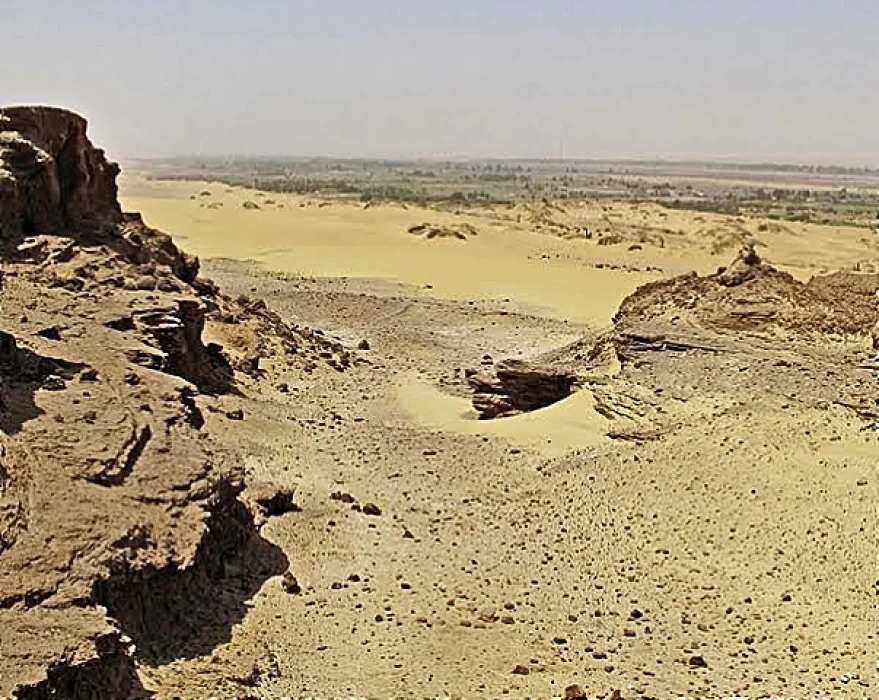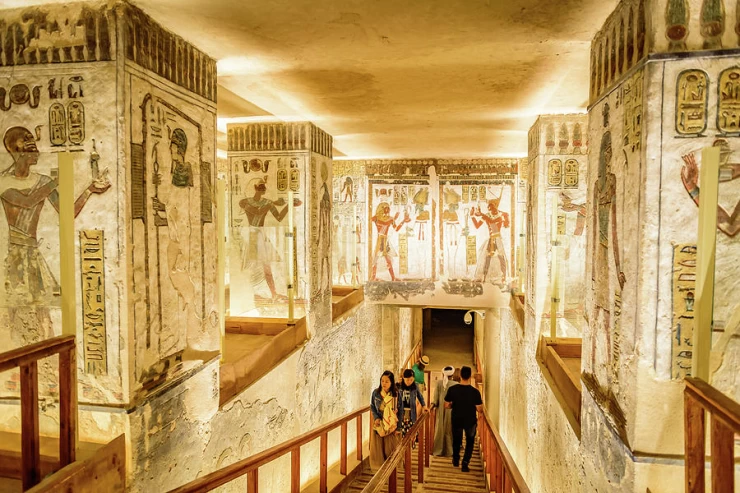
Darb al arbain | darb el-arbain caravan route
Darb al arbain
AL-ARBAIN started in Asyut went through Kharga, leapfrogged between the oasis of Bir Kiseiba, al-Shabab, and Selima, and ended its run somewhere in Darfur. From the medieval period onwards, it was one of the main conduits through which luxury goods and slaves entered Egypt from the south. It remains doubtful that its entire length was traveled in the Roman period, no firm evidence has surfaced at roadside sites south of Kharga.
The main link between Darfur and Egypt was a desert route known as darb al-Urbain or the Forty Days Road.
Beginning in the Darfur commercial center of Kobbei, it stretched north 1,117 miles through the oases of the Sahara to join the Nile just below the Egyptian town of Asyüt, and from there it proceeded directly to Cairo. Allegedly a fast courier could cover the distance in 12 days, though a caravan of several hundred camels and a thousand slaves might take anywhere from 45 to 90 days to complete the journey. Effective control of darb al arba'in necessitated the cooperation-willing or otherwise-of the Bedouin tribes whose territory the route passed through.
darb el-arbain caravan route
The size of caravans traversing darb al- arba'in varied considerably. Caravans of anywhere 2,000 to 24,000 camels were noted in the late- eighteenth century, though most were by the smaller end of this spectrum. The sheer difficulty of the route accounted for its importance since, unlike the riverine routes, it generally was free of banditry Slaves.
Sudanese merchants of the Nubian diaspora began to monopolize trade in slaves and ivory. Slave trading continued sporadically thereafter but dwindled in the tace of new political and economic conditions in Sudan.















